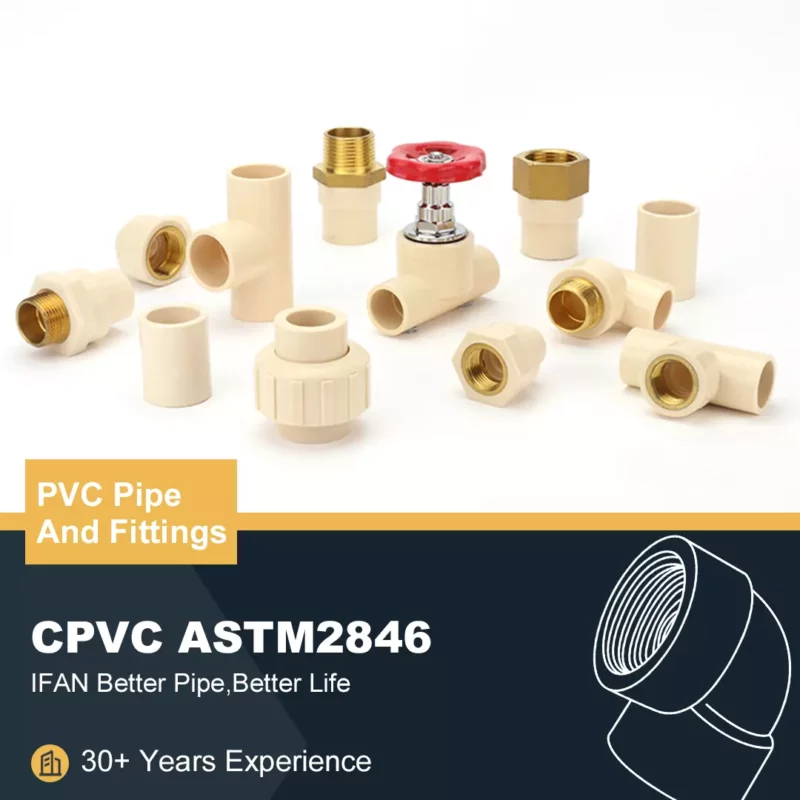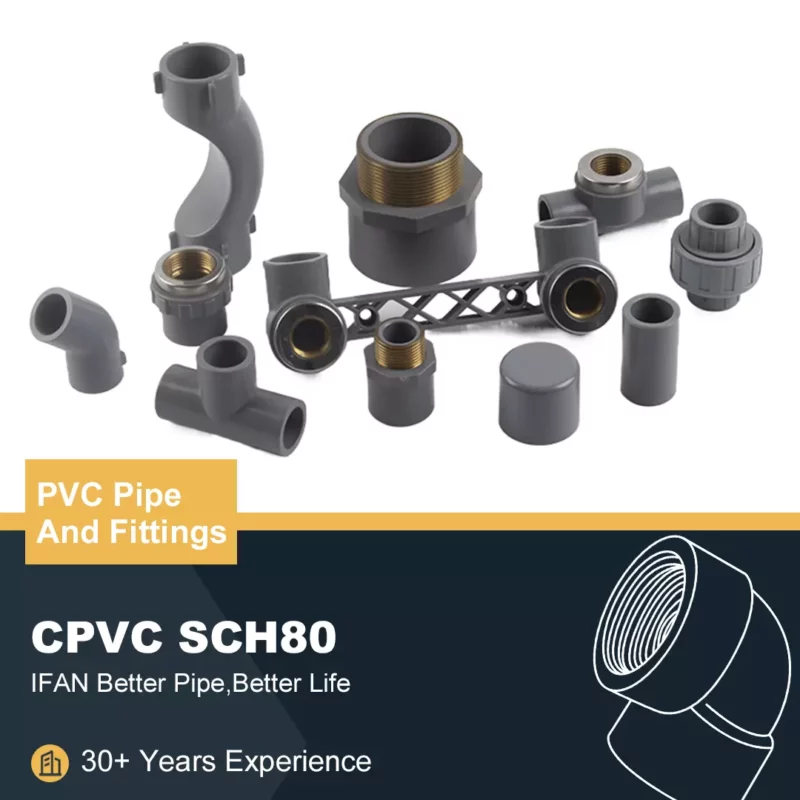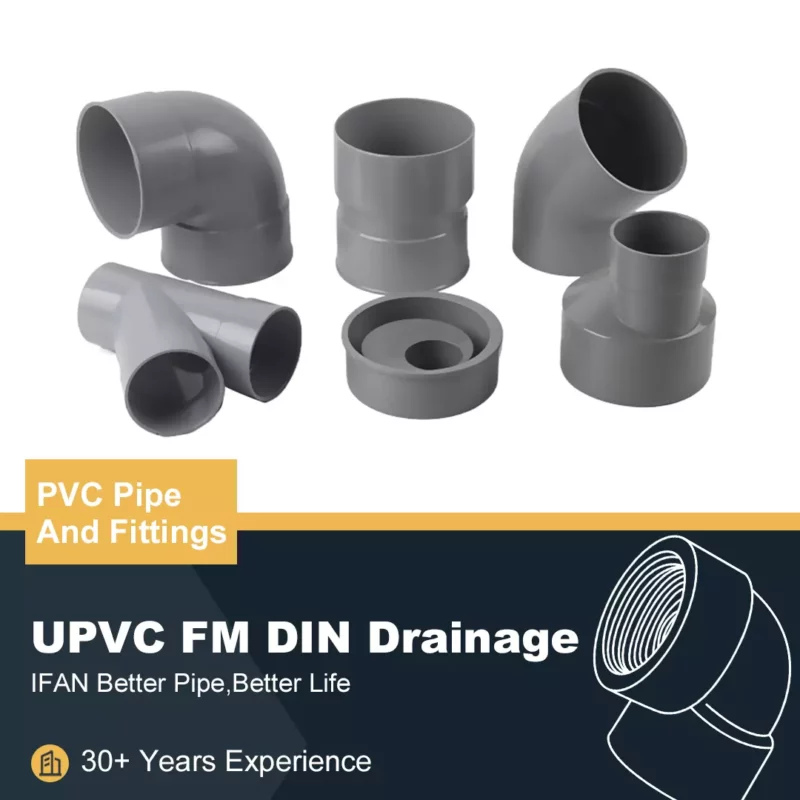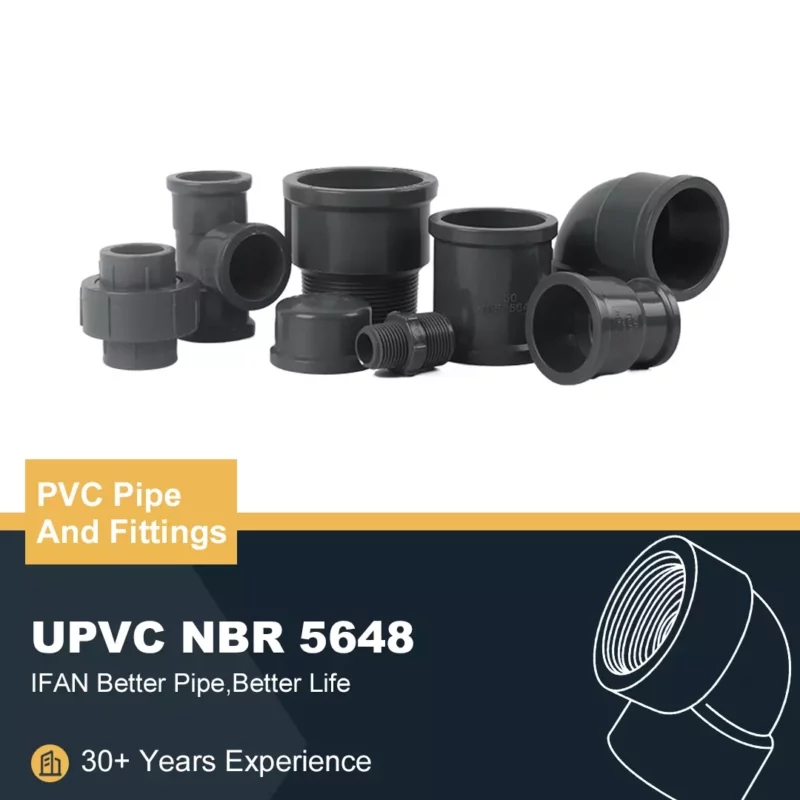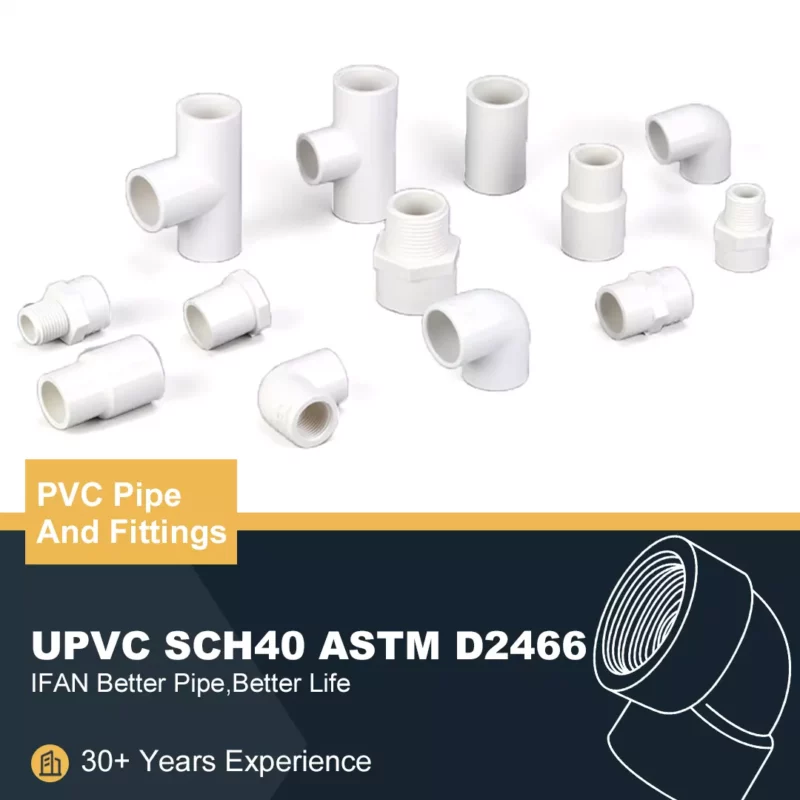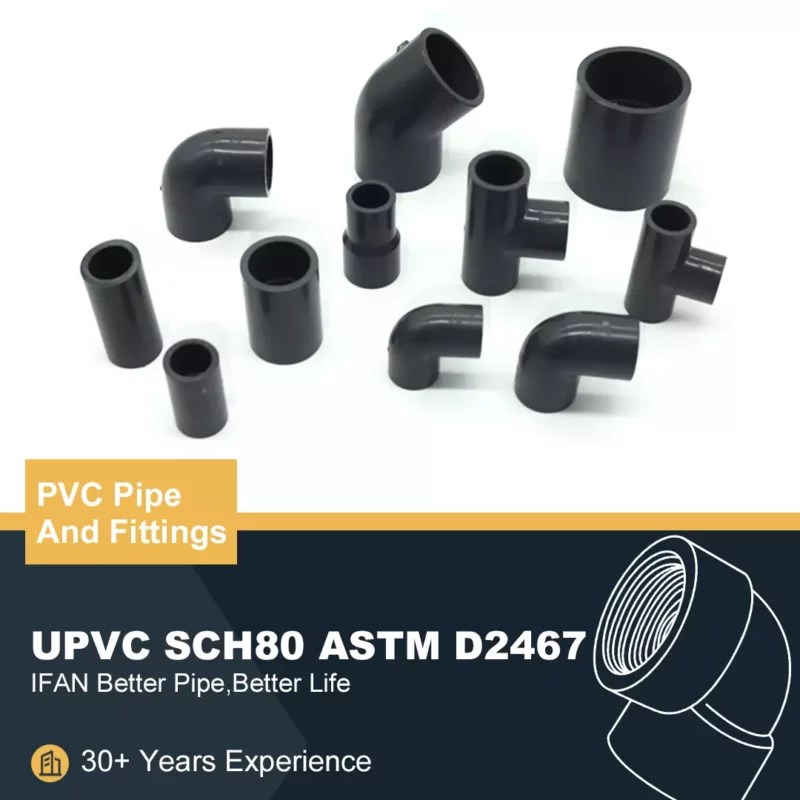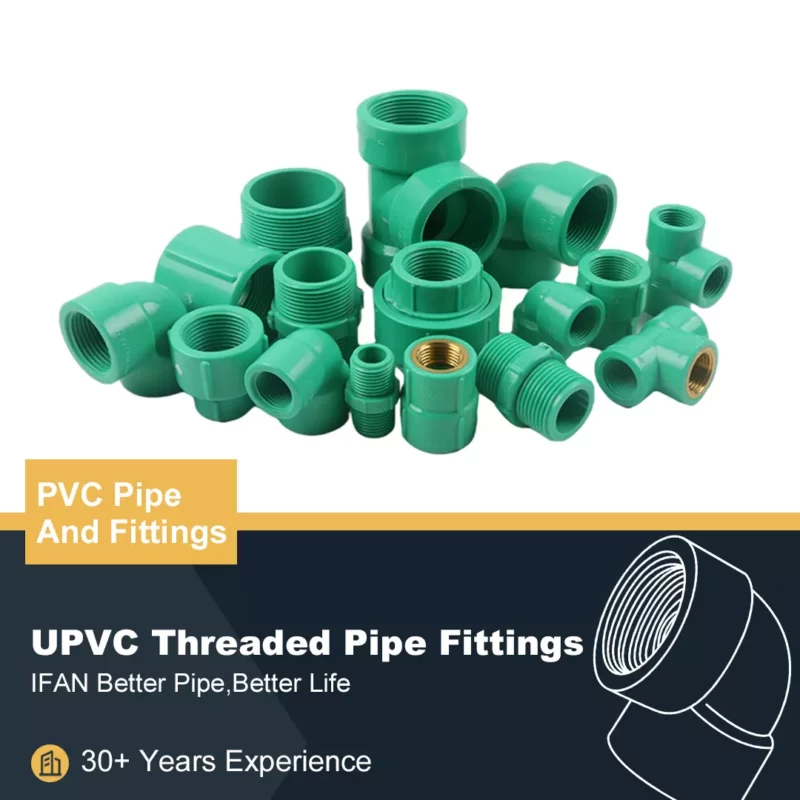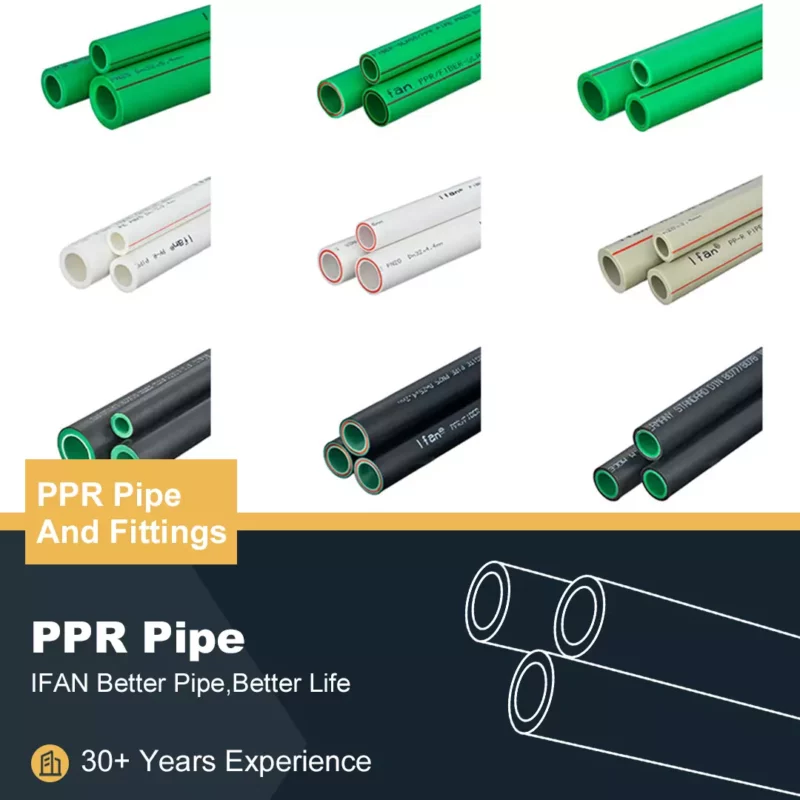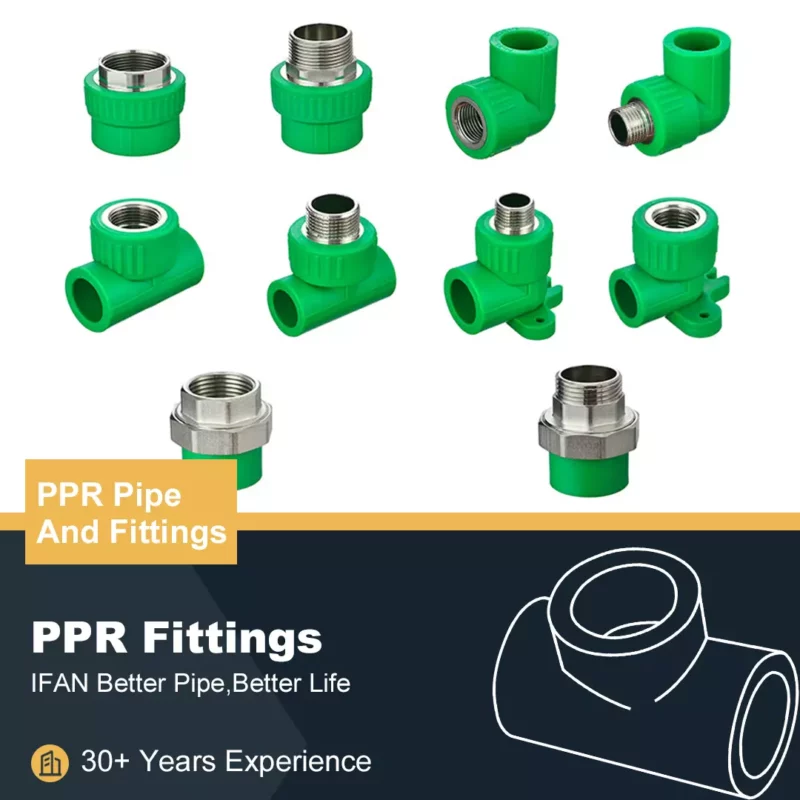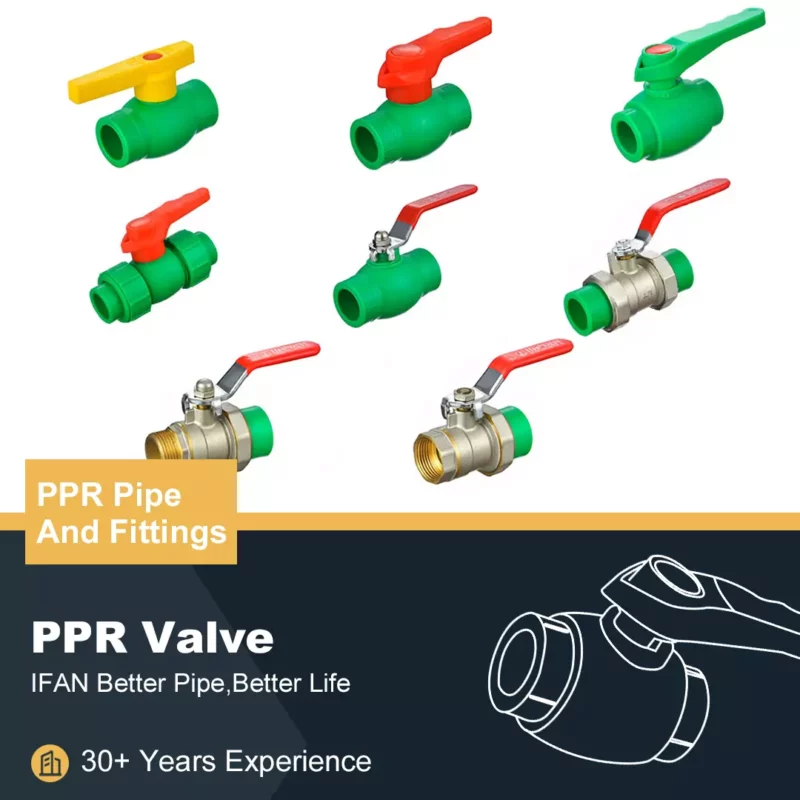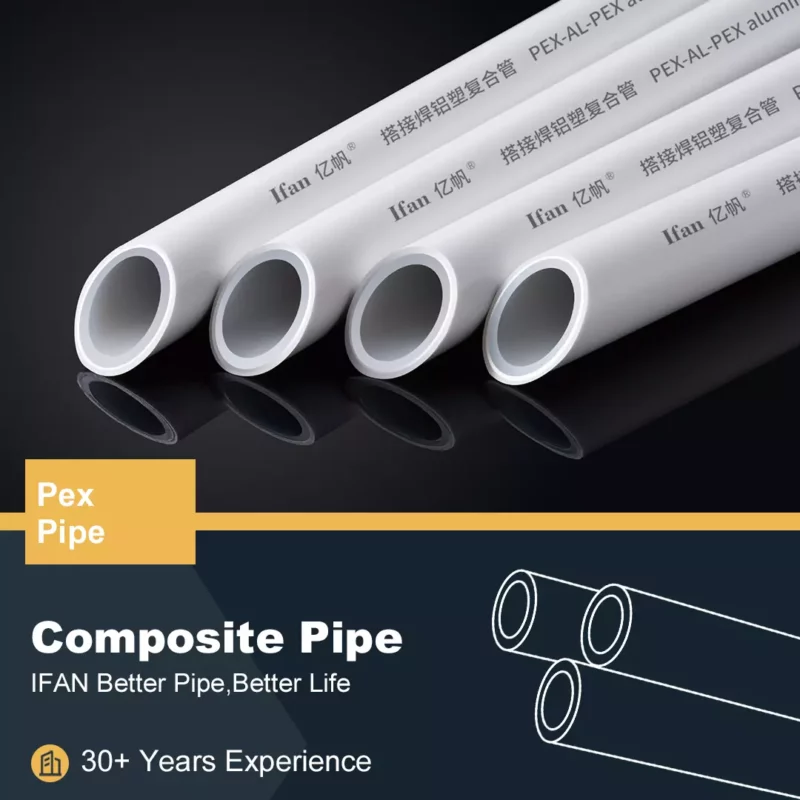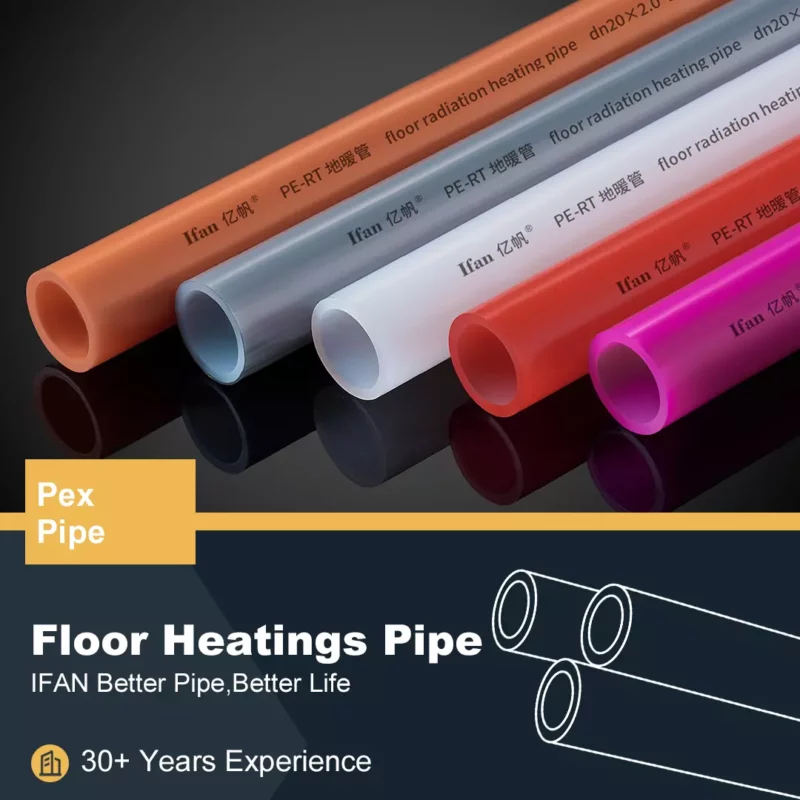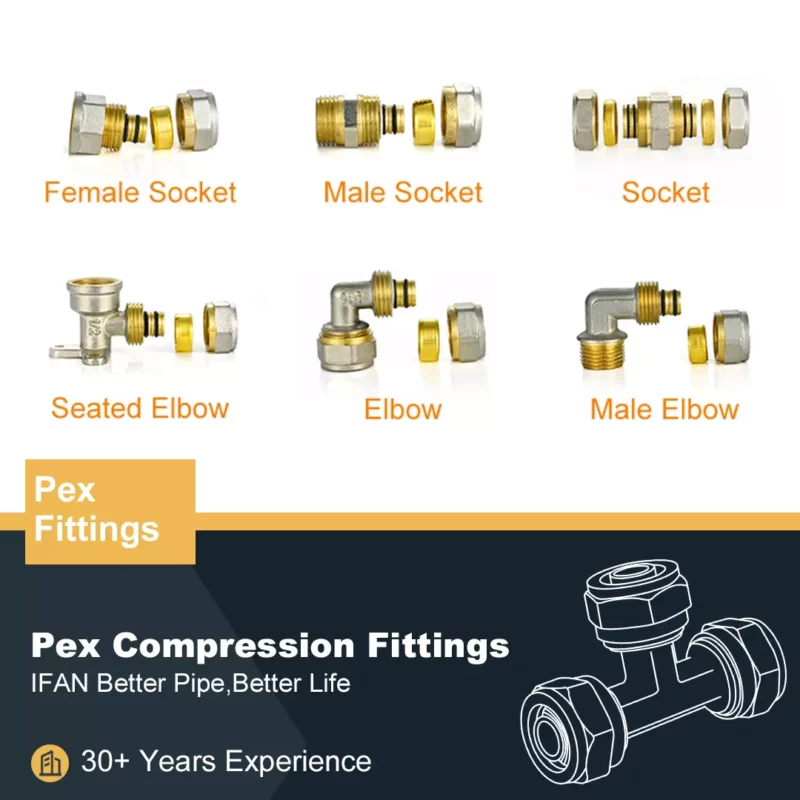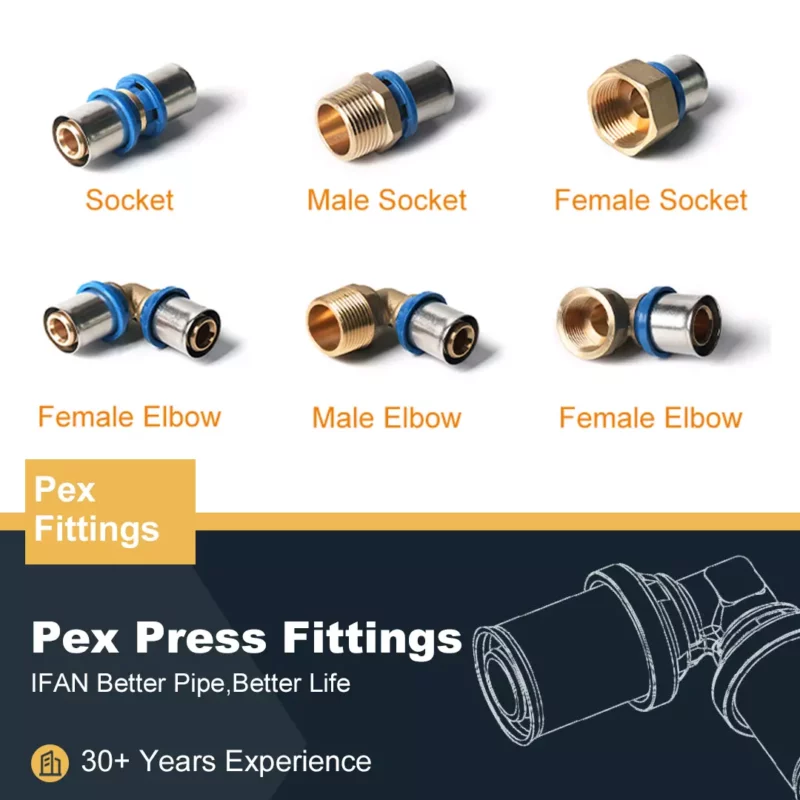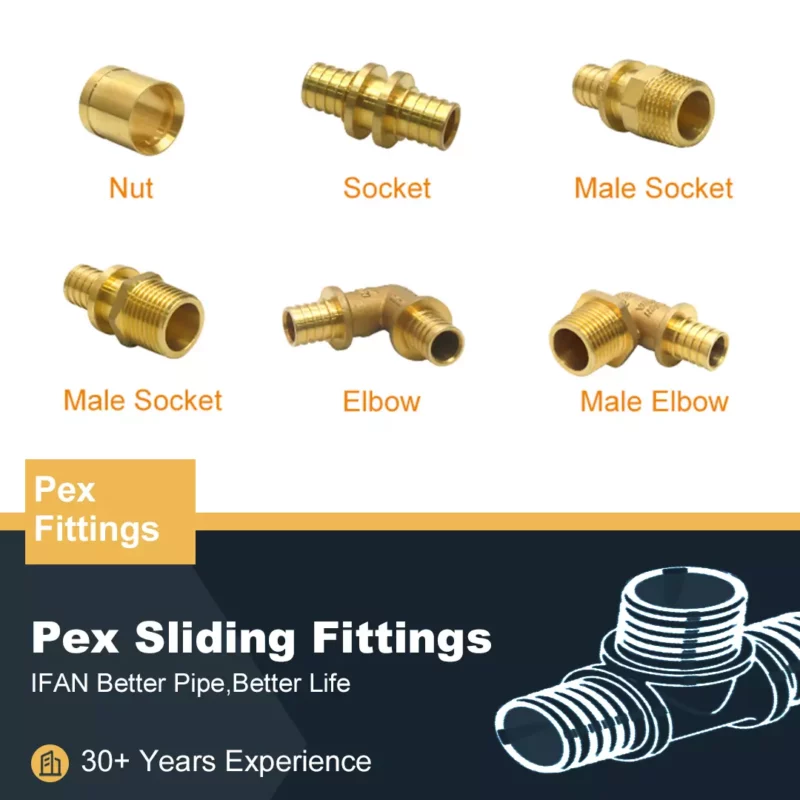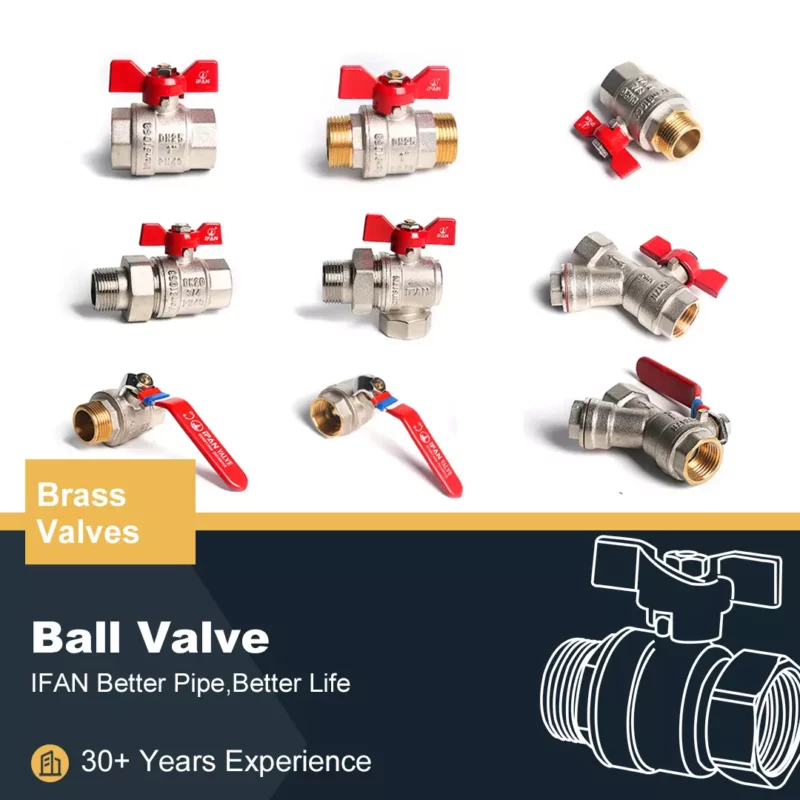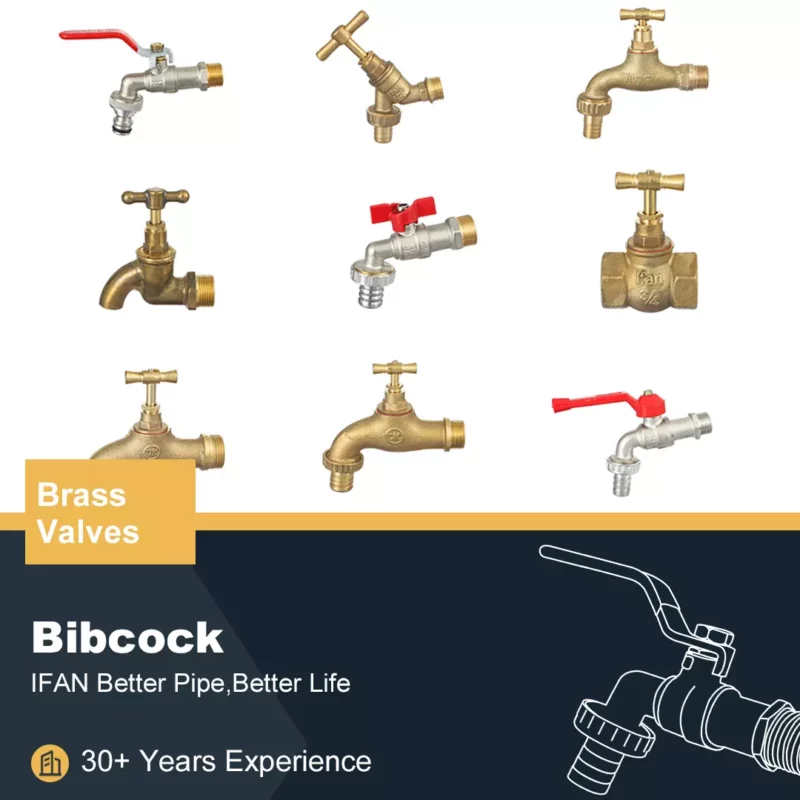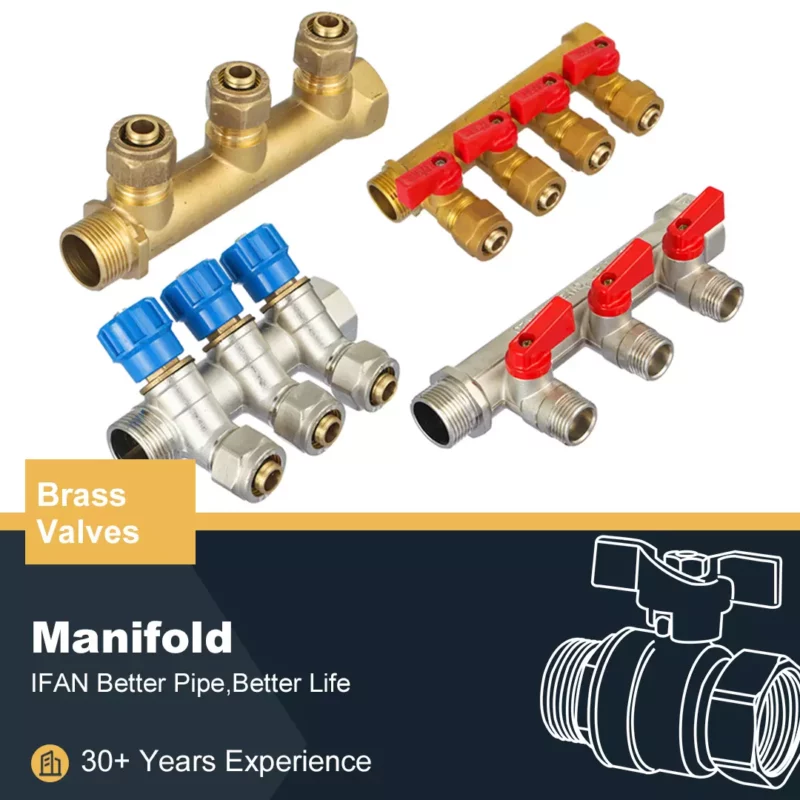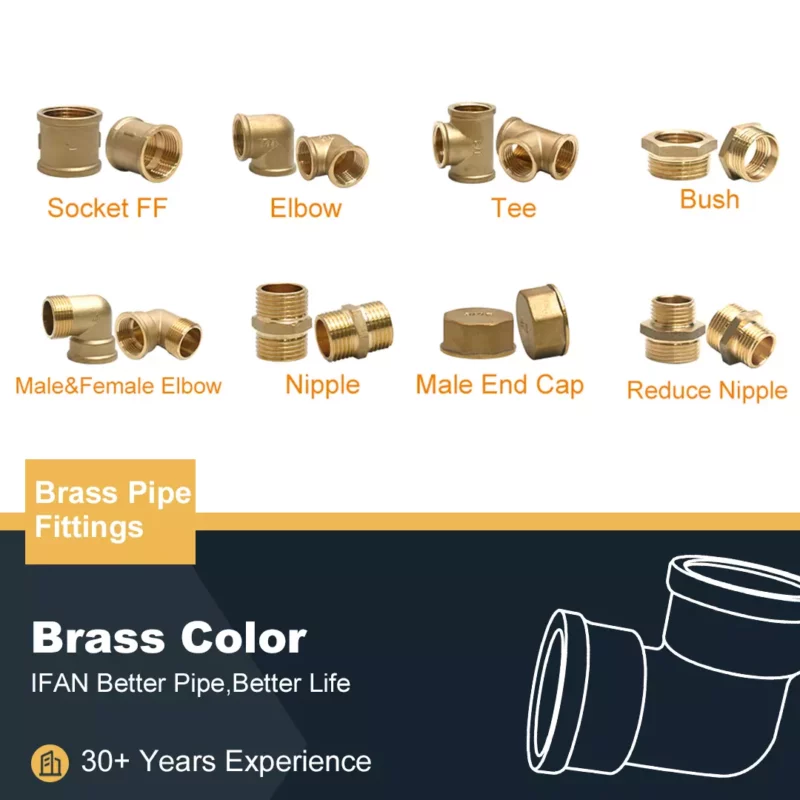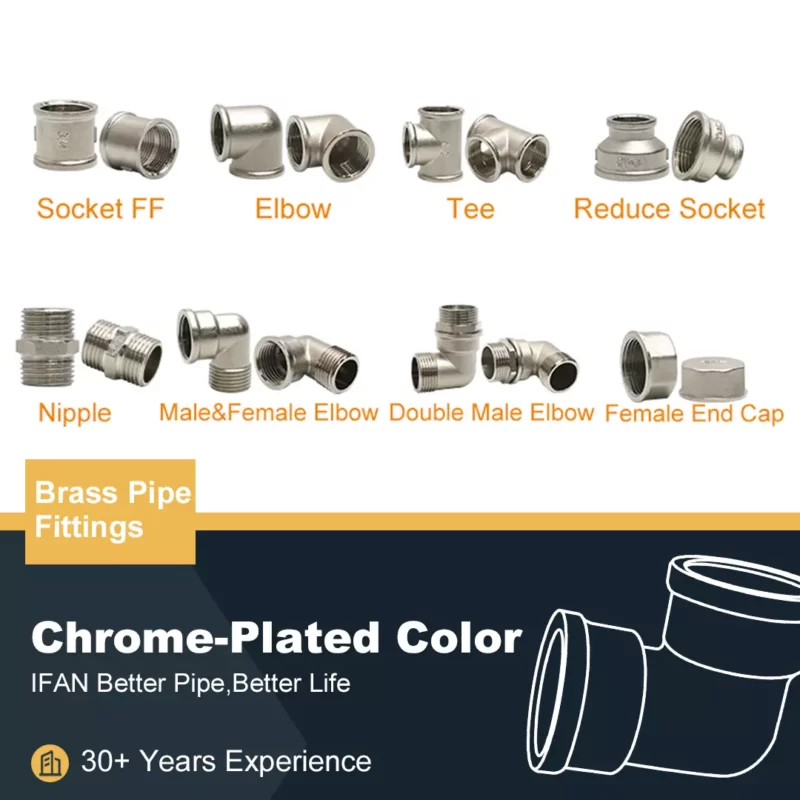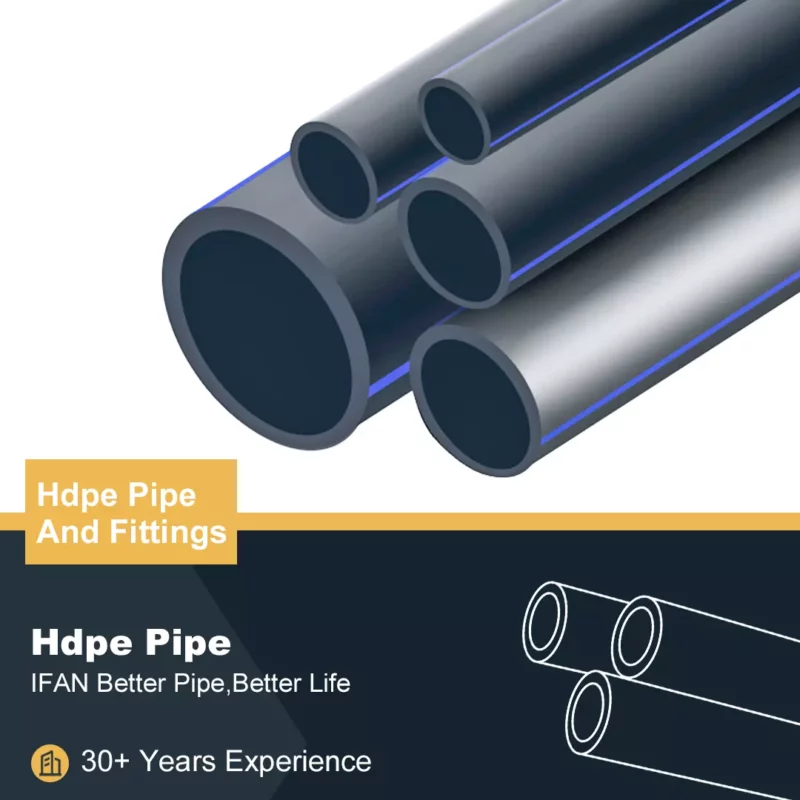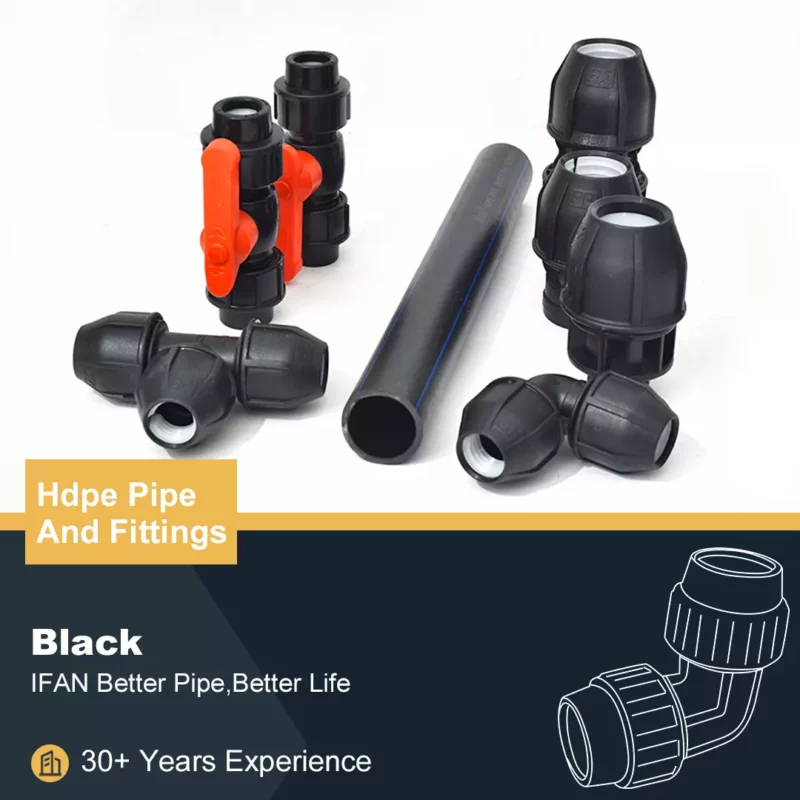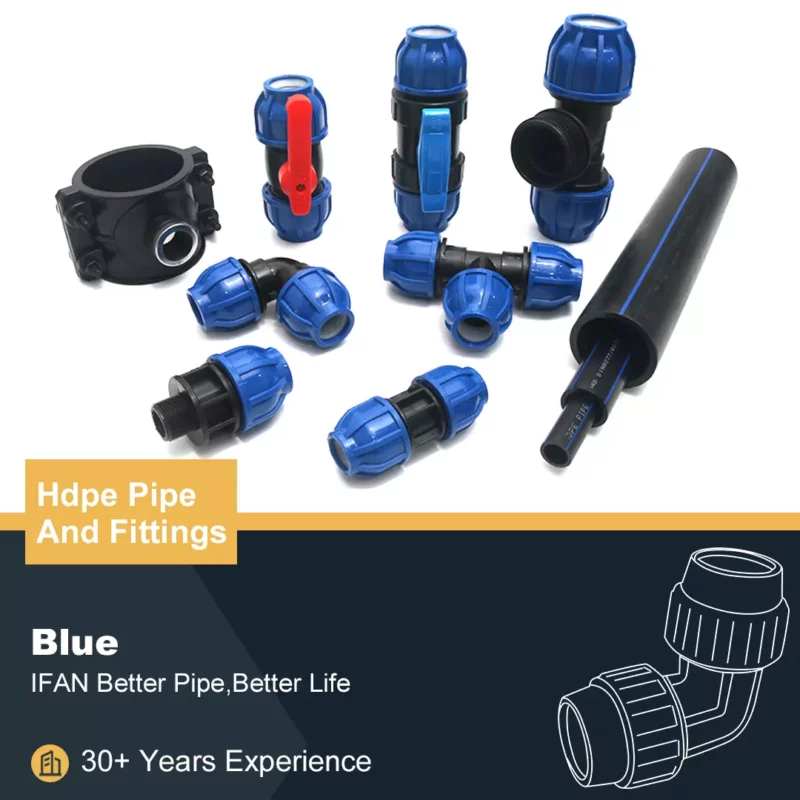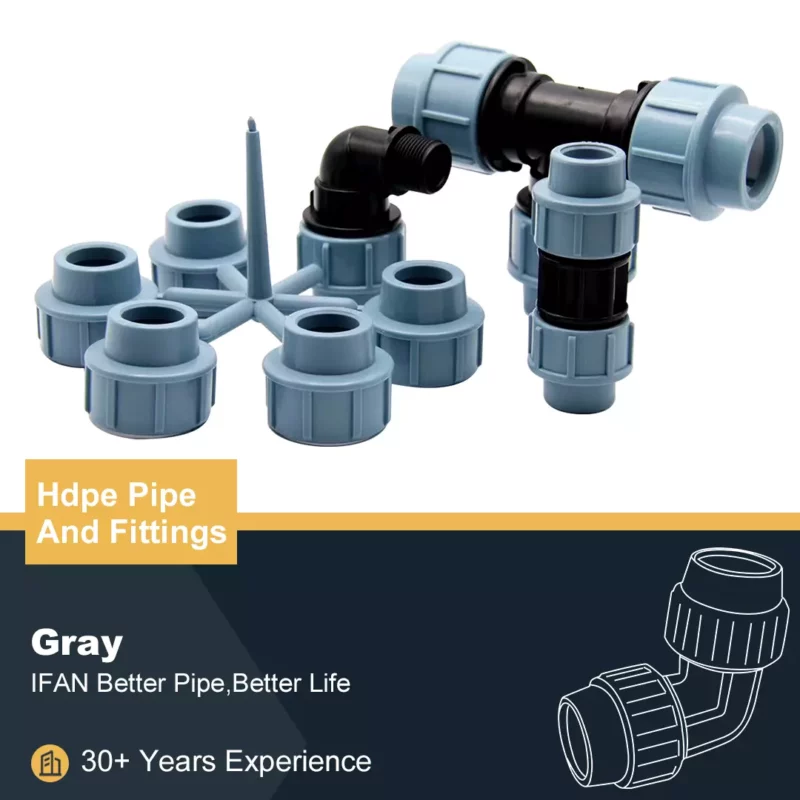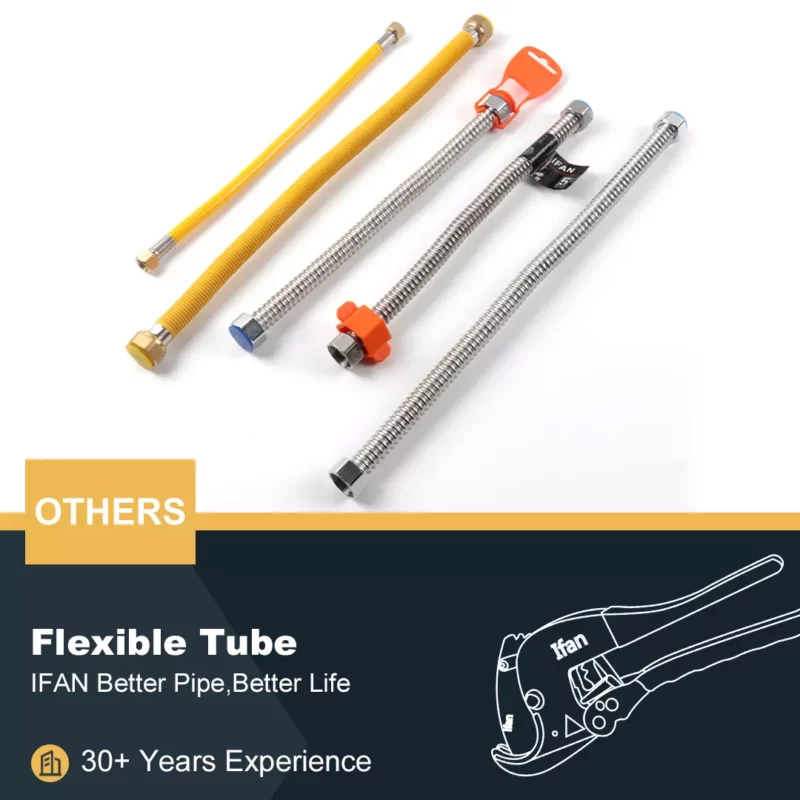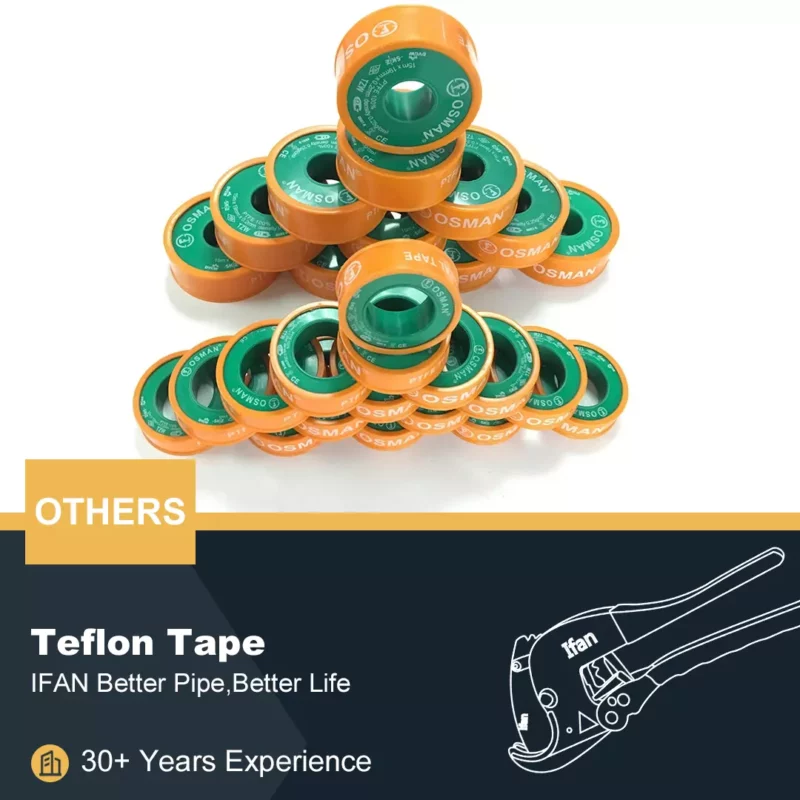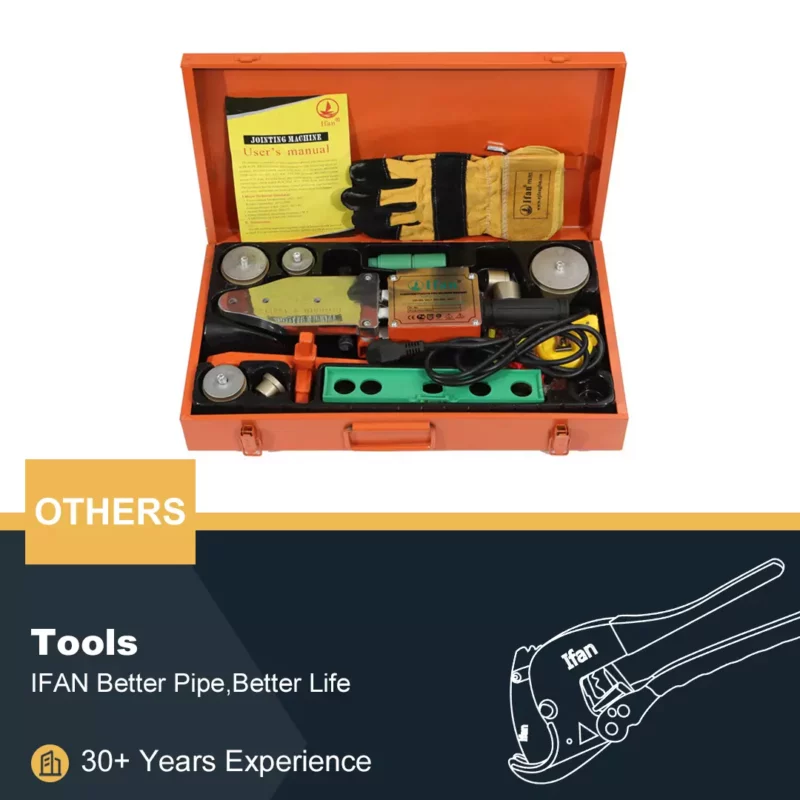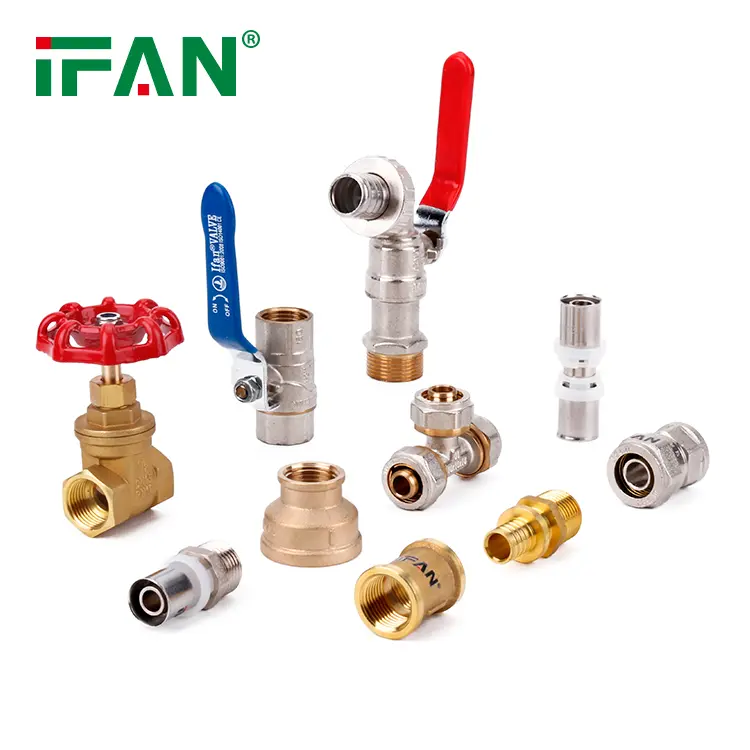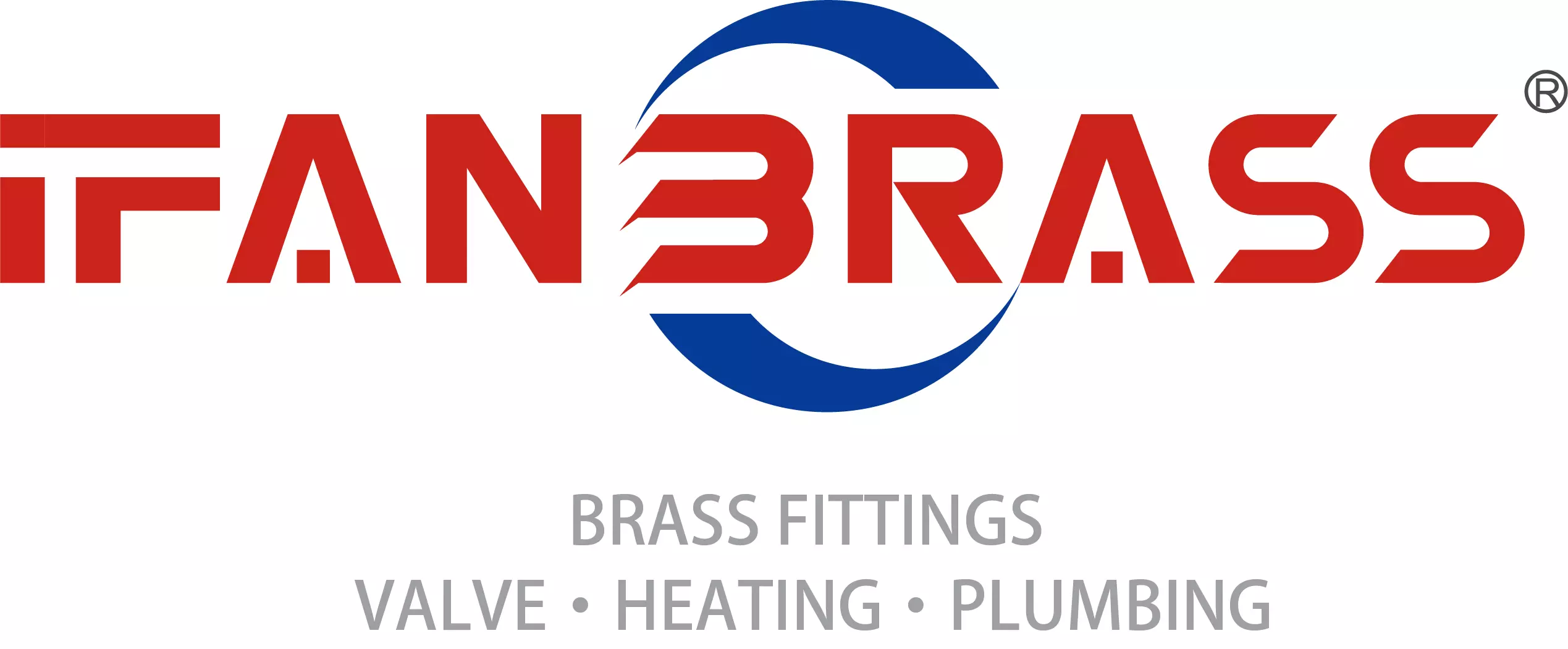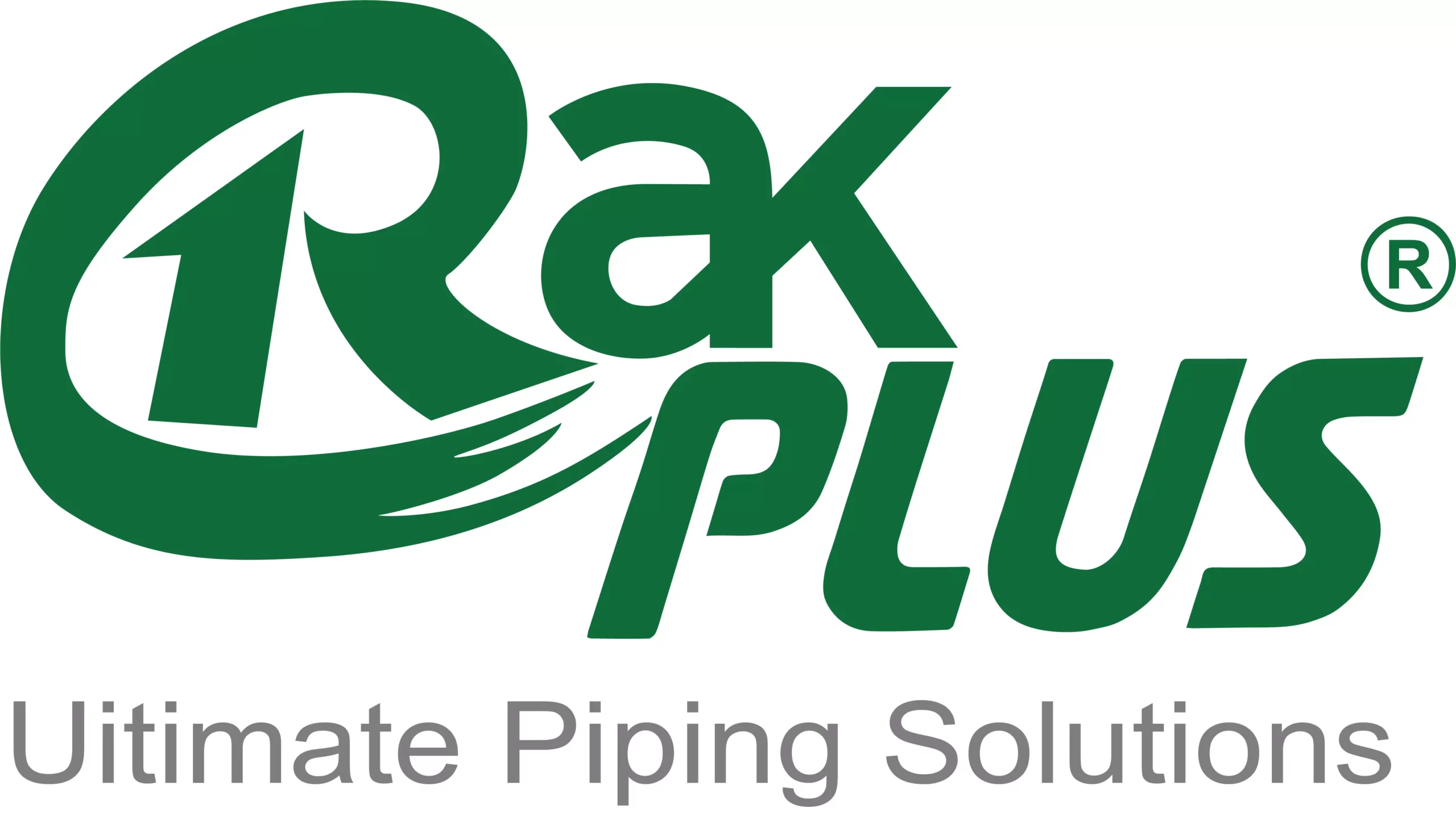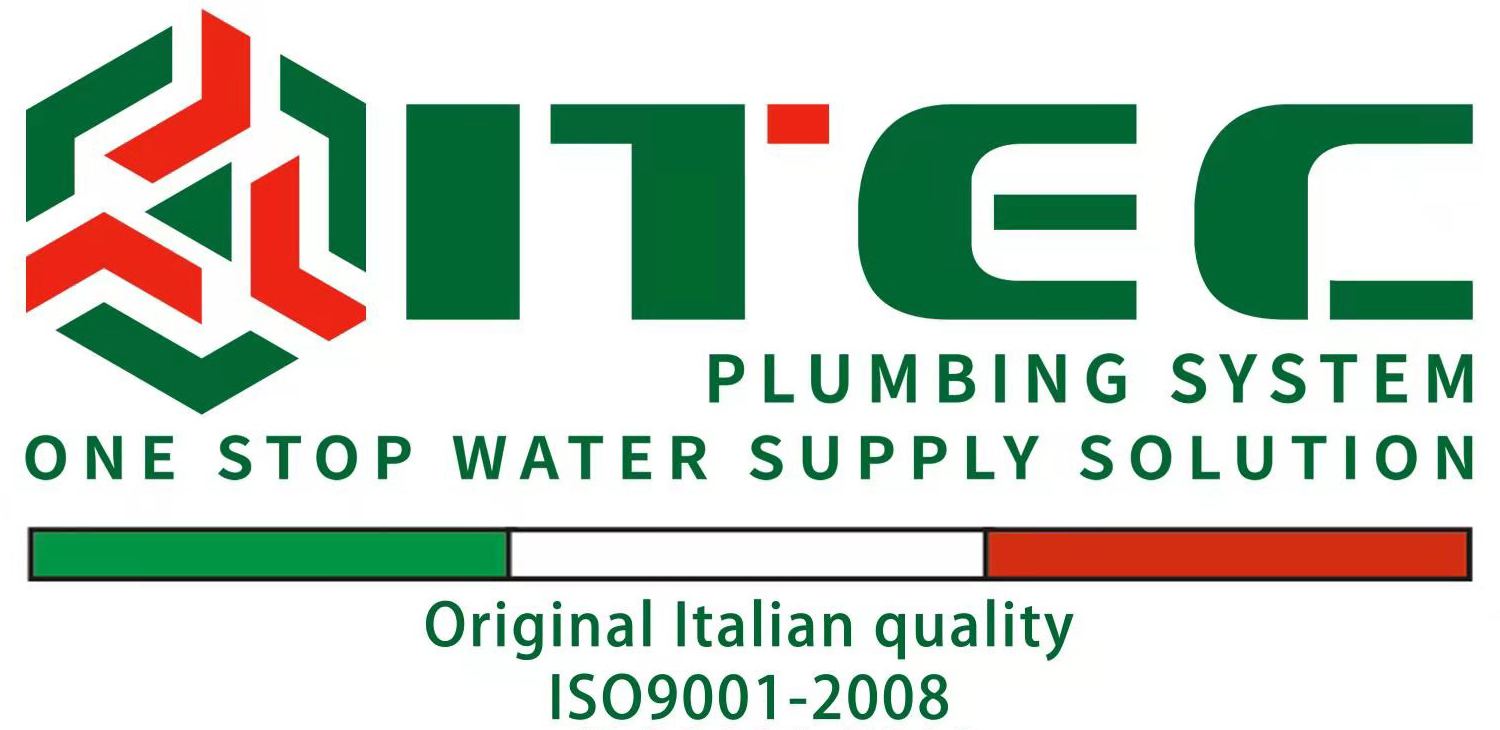Brass bibcocks are widely used fixtures in plumbing systems. Known for their robustness, they are favored for both residential and commercial applications. Their durability is a key feature that influences their widespread use. This article explores the factors contributing to the durability of brass bibcocks, with a focus on material properties, performance under various conditions, and maintenance practices.
Material Properties
The durability of brass bibcocks largely depends on the quality of the brass used. Brass is an alloy primarily composed of copper and zinc. The ratio of these metals can affect the strength and resistance of the bibcock. For instance, a common brass alloy used in bibcocks is composed of 60% copper and 40% zinc. This combination provides good strength and resistance to corrosion. However, the presence of other elements, such as lead, can impact the bibcock’s longevity. Modern bibcocks often use lead-free brass to avoid health risks and ensure better durability.
Corrosion Resistance
One of the primary factors affecting the durability of brass bibcocks is their resistance to corrosion. Brass naturally resists rust and corrosion better than many other metals. This resistance is crucial in environments with high humidity or exposure to water. For example, brass bibcocks used in coastal areas where saltwater is prevalent are designed to withstand salt corrosion. However, over time, even brass can suffer from corrosion if exposed to harsh chemicals or extreme conditions. Regular maintenance can help mitigate these risks.
Water Quality Impact
The quality of water that flows through a brass bibcock plays a significant role in its longevity. Hard water, which contains high levels of calcium and magnesium, can lead to scale buildup inside the bibcock. This buildup can cause blockages and affect the performance of the faucet. In contrast, soft water, which is low in calcium and magnesium, is less likely to cause such issues. To extend the lifespan of brass bibcocks in areas with hard water, it is advisable to use water softeners or install filters to reduce scale formation.
Temperature Variations
Temperature fluctuations can also impact the durability of brass bibcock. Brass has a high thermal conductivity, meaning it can handle changes in temperature better than some other materials. However, extreme temperatures can still affect its performance. For instance, in regions where temperatures drop below freezing, brass bibcocks are at risk of freezing and cracking if water remains inside the fixture. To prevent such damage, insulating the bibcock or draining it before the onset of freezing weather is recommended.
Installation Quality
Proper installation is crucial for ensuring the durability of brass bibcock. Incorrect installation can lead to leaks, which can cause corrosion and damage over time. For example, improper sealing or misalignment can result in water leakage around the bibcock, leading to rusting and reduced lifespan. To ensure durability, it is essential to follow manufacturer guidelines during installation and use appropriate tools and techniques. Professional installation is often recommended to avoid potential issues.
Maintenance Practices
Regular maintenance is essential for prolonging the life of brass bibcock. Routine checks for leaks, corrosion, and blockages can help identify problems before they become severe. For instance, cleaning the bibcock regularly to remove any mineral deposits or debris can prevent performance issues. Additionally, replacing worn-out washers and seals promptly can help maintain proper function and prevent leaks. Periodic inspection and maintenance can significantly enhance the durability of brass bibcocks.
Comparison with Other Materials
When comparing brass bibcocks to those made from other materials, such as plastic or stainless steel, brass often stands out due to its superior durability. While plastic bibcocks may be cheaper and resistant to corrosion, they lack the strength and long-term durability of brass. Stainless steel bibcocks offer similar durability but at a higher cost. Brass provides a balance of durability, cost-effectiveness, and aesthetic appeal, making it a popular choice in many applications.
Case Studies
Real-world examples highlight the durability of brass bibcocks. In industrial settings, brass bibcocks are often used due to their ability to withstand harsh conditions and high-pressure environments. For example, in a manufacturing plant where water is used in various processes, brass bibcocks have proven to be more reliable than their plastic counterparts. Similarly, in residential applications, brass bibcocks are preferred for their longevity and resistance to wear and tear.
Conclusion
In summary, the durability of brass bibcocks is influenced by multiple factors, including material properties, water quality, temperature variations, installation quality, and maintenance practices. Brass bibcocks are known for their strength and resistance to corrosion, making them a reliable choice for various applications. By understanding these factors and following best practices for installation and maintenance, users can ensure the long-term durability and performance of brass bibcocks.
If you have read this article and have any questions, please feel free to contact IFAN. Below is our contact information:
Whatsapp:+86 13373827623
Email:[email protected]

